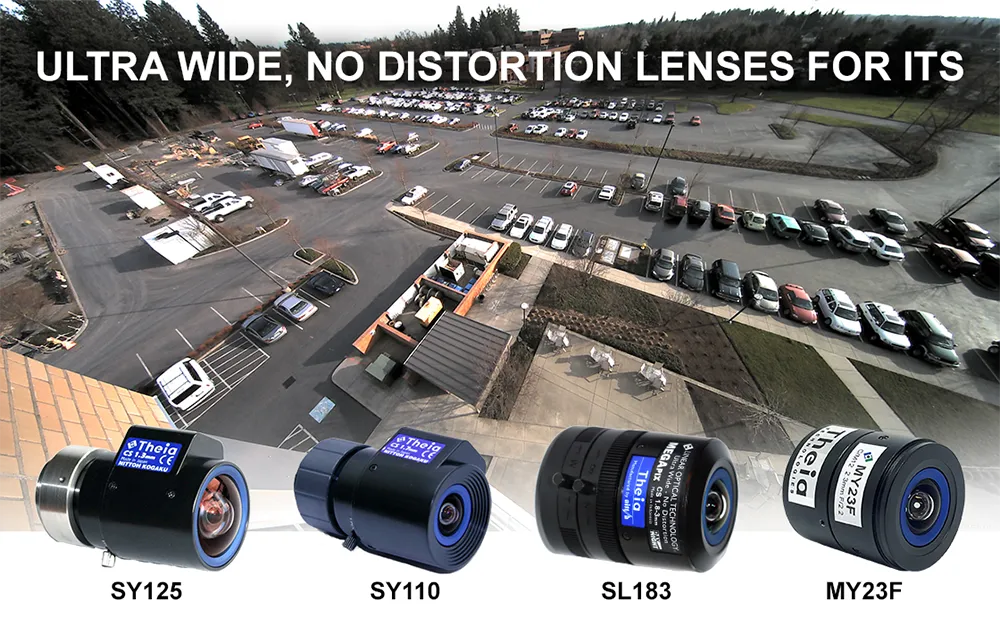Jai has introduced two new 2MP industrial-grade CCD cameras featuring full HDTV resolution (1,920x1,080P) at 64fps, making them ideal for advanced traffic imaging and vehicle recognition applications in traffic management and traffic enforcement. The new AM-201CL (monochrome) and AB-201CL (colour) cameras are the second set of cameras from Jai to feature highperformance quad-tap CCD sensors from Kodak. Like the previously introduced 8MP cameras, the new HD cameras utilise the high speed of the quad-tap arch
January 27, 2012
Read time: 2 mins

The new AM-201CL (monochrome) and AB-201CL (colour) cameras are the second set of cameras from Jai to feature highperformance quad-tap CCD sensors from Kodak. Like the previously introduced 8MP cameras, the new HD cameras utilise the high speed of the quad-tap architecture without compromising image quality thanks to an advanced automatic channel balancing algorithm that continuously adjusts gain and offset of the individual channels to provide seamless results that are claimed to surpass the typical one-time balancing methods of other multi-tap cameras.
Like Jai's other high-resolution cameras, which now number well over 20 models between 2- and 16MP, the new AM-201CL and AB- 201CL cameras, which support Cmount lenses, incorporate a list of industrial-grade features to maximise performance in traffic and machine vision environments. These include precise sensor alignment, advanced thermal management, a built-in temperature sensor, and rugged construction with extensive shock and vibration testing performed.









